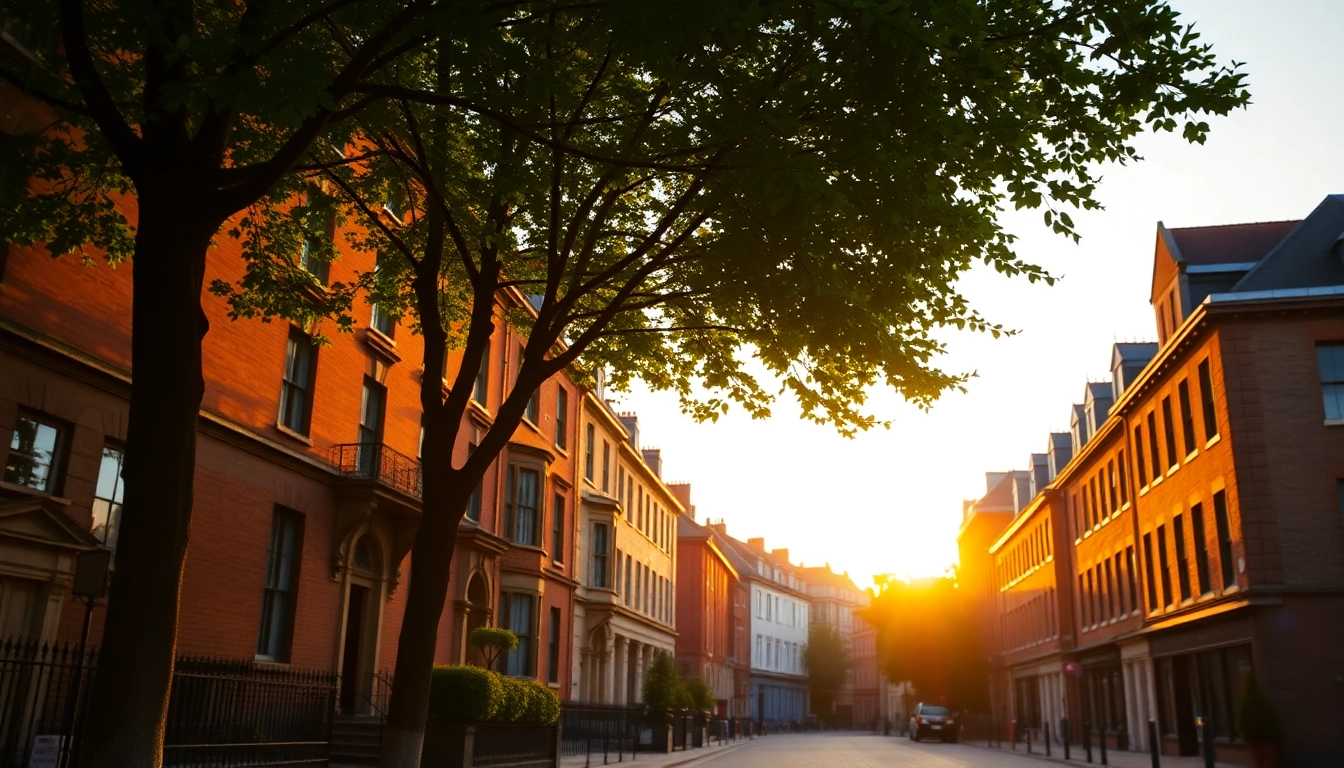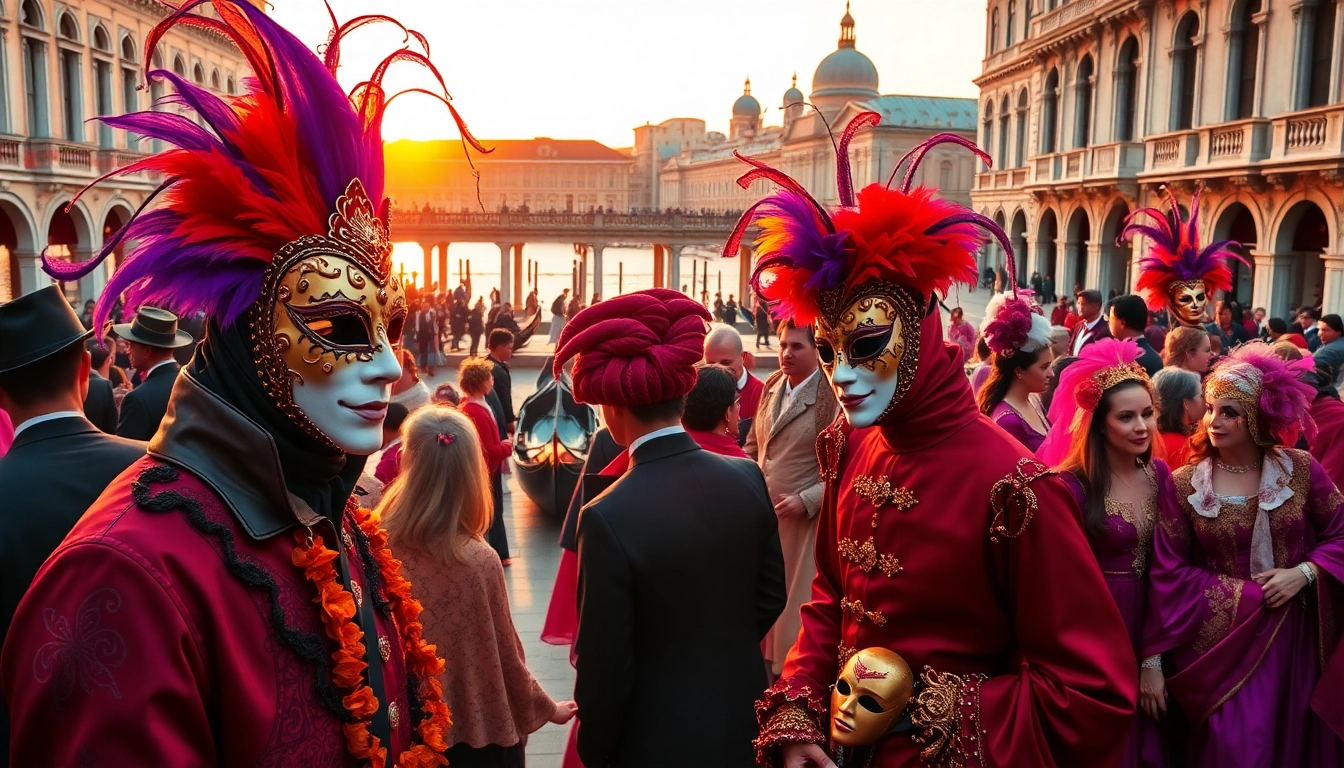
1. Introduction to Bloomsbury: A Historical Overview
Bloomsbury, nestled in the heart of London, is a vibrant district renowned for its rich intellectual heritage and architectural beauty. Often associated with the Bloomsbury Group, which included prominent figures like Virginia Woolf and John Maynard Keynes, this area represents a significant cultural and literary hub. Those traveling to London will find a visit to bloomsbury both enriching and enlightening. In this section, we will explore what makes Bloomsbury unique, delve into its historical timeline, and highlight some of the notable figures that have called this area home.
What Makes Bloomsbury Unique?
One of the key elements that set Bloomsbury apart is its blend of academic excellence, cultural depth, and historical significance. The presence of prestigious educational institutions like University College London and the British Museum contributes to its reputation as a center for knowledge and discovery. Additionally, Bloomsbury’s liberal atmosphere has fostered artistic and literary movements, making it a cradle for revolutionary ideas and social reforms throughout history. Its beautiful garden squares, such as Russell Square and Bloomsbury Square, provide peaceful retreats amidst the urban environment, enhancing its appeal for both residents and visitors alike.
A Brief History of Bloomsbury
The history of Bloomsbury dates back to the 1200s when it began as a rural area. It transformed in the 18th century into a fashionable residential district due to the development of elegant Georgian townhouses. Bloomsbury became synonymous with literature and scholarship in the late 19th and early 20th centuries when the Bloomsbury Group emerged. This collective of writers, artists, and intellectuals reshaped the cultural landscape of Britain, emphasizing modernism and exploring themes of sexuality, class, and feminism.
Notable Figures from Bloomsbury
Bloomsbury has been home to a remarkable number of influential figures. Virginia Woolf, a central figure of the modernist literary movement, lived in the area and set many of her works against its backdrop. Other notable members of the Bloomsbury Group included writers E.M. Forster and Lytton Strachey, economist John Maynard Keynes, and art critic Clive Bell. Their collective endeavors not only enriched English literature and arts but also transformed social norms and ideals.
2. Exploring Bloomsbury’s Architectural Treasures
Key Landmarks in Bloomsbury
The architectural landscape of Bloomsbury is dotted with impressive landmarks that tell the story of its evolution. One prominent structure is the British Museum, established in 1753, which houses a vast collection of world art and artifacts. Other noteworthy sites include the iconic Bloomsbury Square and the Georgian terraced houses that line the streets, exemplifying the elegance of 18th-century architecture. Additionally, the Charles Dickens Museum, located in the author’s former home, stands as a testament to the area’s rich literary history.
Architectural Styles Found in Bloomsbury
Bloomsbury boasts an array of architectural styles that reflect its historical significance and cultural evolution. The predominant style is Georgian, characterized by symmetry and classic proportions. Alongside these are examples of Victorian and Edwardian architecture, visible in the public buildings and institutions that populate the area. This mix creates a captivating environment where history and modernity coexist harmoniously.
How to Appreciate Bloomsbury’s Architecture
To truly appreciate Bloomsbury’s architectural treasures, it is beneficial to explore on foot, allowing visitors to take in the details at their leisure. Guided walking tours can offer insightful commentary on the history and significance of key buildings, revealing hidden gems that might otherwise go unnoticed. Pay close attention to the architectural elements, such as wrought-iron balconies, stone carvings, and unique window designs that epitomize the artistic flair of this historical district.
3. Cultural Attractions and Their Significance
Museums and Galleries in Bloomsbury
Bloomsbury is replete with museums and galleries that showcase its cultural richness. The British Museum, a global treasure trove, attracts millions of visitors each year with its vast collection spanning over two million years of history. Other noteworthy institutions include the Wellcome Collection, which focuses on health and medicine, and the Foundling Museum, celebrating the history of the Foundling Hospital, which supported abandoned children. Together, these establishments underscore the area’s commitment to education and cultural preservation.
The Role of Theatre and Literature in Bloomsbury
The theatrical and literary heritage of Bloomsbury is profound. The area has played host to a variety of renowned theatres, including the famous Royal National Theatre and the UCL’s Bloomsbury Theatre, which highlight both classic and contemporary performances. Moreover, Bloomsbury’s literary legacy is palpable in its many literary festivals, bookshops, and literary landmarks, further reinforcing its status as a cornerstone of British literature.
Cultural Events and Festivals in Bloomsbury
Throughout the year, Bloomsbury offers a rich calendar of cultural events and festivals that celebrate its dynamic community spirit. The Bloomsbury Festival, held annually, showcases the neighborhood’s creative talents through a series of performances, exhibitions, and workshops, all designed to engage both residents and visitors. Also notable is the London Literature Festival, which often hosts events in Bloomsbury, attracting well-known authors and literary enthusiasts from around the world.
4. Dining and Shopping: Experiences in Bloomsbury
Top Restaurants to Savor in Bloomsbury
Food lovers will find a diverse culinary scene in Bloomsbury, ranging from casual eateries to fine dining establishments. Notable restaurants include Dishoom, which pays homage to Bombay’s cafes, serving up delicious Indian dishes in a beautifully themed setting. For a taste of traditional British fare, the Reliance offers an ever-changing menu of seasonal ingredients. Additionally, restaurants like The Great Northern Café and The Blue Door Bistro cater to a variety of palates, making Bloomsbury a dining destination.
Local Shops to Explore in Bloomsbury
The shopping experience in Bloomsbury combines the charm of independent boutiques with the convenience of larger retail stores. Visitors can explore the delightful shops along Lamb’s Conduit Street, renowned for its crafted goods, artisanal items, and specialty foods. Also, head to the iconic British Museum shop, which offers a unique selection of souvenirs and books that reflect the museum’s vast collection, perfect for those seeking to take a piece of Bloomsbury home with them.
Seasonal Food Markets and Events
Bloomsbury also features various seasonal food markets, offering fresh produce, artisanal products, and delightful street food. Throughout the year, events like the Bloomsbury Farmers’ Market and others pop up in different locations, providing a vibrant atmosphere for food enthusiasts to sample local delicacies and connect with the community. These markets not only celebrate culinary craftsmanship but also foster relationships among local producers and residents.
5. Tips for Visiting Bloomsbury
Best Times to Visit Bloomsbury
When planning a trip to Bloomsbury, timing can enhance your experience. The spring and summer months, specifically April through June and September through October, are ideal, as the weather is typically pleasant, making it perfect for outdoor explorations and street festivals. Additionally, weekdays tend to be less crowded than weekends, allowing for a more leisurely visit to key attractions.
Getting Around: Transportation Options
Getting around Bloomsbury is generally convenient, with various public transport options available. The London Underground serves the area well, with stations such as Russell Square, King’s Cross, and Holborn providing quick access to central London and beyond. Buses and bicycles are also popular ways to explore, with several bike rental services available. For those preferring a leisurely pace, walking is an excellent option due to the district’s pedestrian-friendly layout.
Sustainable Travel Practices for Exploring Bloomsbury
As awareness of environmental issues continues to grow, many travelers seek sustainable practices while exploring new destinations. In Bloomsbury, visitors can embrace eco-friendly options by utilizing public transportation, opting for walking tours, and supporting local businesses that prioritize sustainability. Participating in community initiatives or workshops during your visit can also help foster a greater connection with the region’s cultural landscape.







